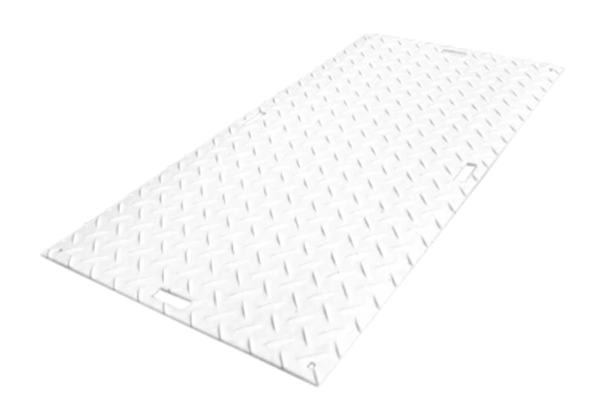Introduction
Investing in quality ground protection mats is essential for a variety of industries, from construction to landscaping, oil and gas, and more. High-quality ground protection mats provide a strong and durable surface to support heavy equipment, vehicles, and personnel. They also help to protect delicate surfaces from damage and provide a stable foundation for any type of activity. Ground protection mats are also designed to be weather-resistant, so they can withstand heavy rain, snow, and other harsh conditions. In addition, they help to reduce the risk of slips and falls, as well as provide a safe and comfortable working environment.
Benefits of Ground Protection Mats
Ground protection mats are essential for any construction project, as they provide a safe and secure surface for vehicles and workers to walk on. They also help to protect the underlying ground from damage, which can be expensive and time-consuming to repair. Ground protection mats also provide traction, which is essential for preventing slips, trips, and falls. They are also easy to store, transport, and install, making them a great choice for any construction site.
Different Types of Ground Protection Mats
Ground protection mats are an essential tool for protecting the ground from damage caused by heavy machinery and other equipment. They are designed to be durable, and weatherproof, and offer a range of benefits from preventing soil compaction to providing a non-slip surface. There are a variety of different types of ground protection mats available, all of which provide different levels of protection.
1. Plastic Ground Protection Mats: These lightweight mats are ideal for a variety of applications, including construction sites, landscaping projects, and other outdoor activities. They are easy to transport and provide a stable, non-slip surface. They also reduce soil compaction and provide a buffer between heavy machinery and the ground, preventing damage.
2. Composite Ground Protection Mats: These mats are designed for more heavy-duty applications and are made from a combination of plastic and steel. They are much stronger than plastic mats and are designed to withstand high levels of wear and tear. They also provide superior traction and are highly resistant to oil and other chemicals.
3. Steel Ground Protection Mats: Steel mats are the most durable and reliable option for protecting the ground. They are designed to withstand extreme weight and are perfect for construction sites and other high-traffic areas. They also provide superior traction and are resistant to corrosion and other environmental factors.
4. Rubber Ground Protection Mats: Rubber mats are designed to provide a non-slip surface and are perfect for various types of outdoor activities, including landscaping projects and playgrounds. They are also highly resistant to weather and other environmental factors, making them suitable for long-term use.
Important Considerations When Choosing Ground Protection Mats
1. Weight Capacity: When choosing ground protection mats, it is important to consider the weight capacity of the mat. This will ensure that the mat is capable of supporting the weight of the equipment and vehicles being used.
2. Material: The material of the mat should be chosen based on the type of terrain it will be used on. Soft mats are better for softer terrain, while hard mats are better suited for rocky or hard surfaces.
3. Price: Ground protection mats come in a variety of price points, so it is important to consider the budget when selecting mats.
4. Size: The size of the mat should be chosen based on the size of the area it will be used on. Larger mats may be needed for larger areas or heavier equipment.
5. Durability: The durability of the mat is important in order to ensure that it will last through multiple uses. It is important to consider the intended use before selecting a mat.
Installation and Maintenance Tips for Ground Protection Mats
👉 1. Installation:
• Ensure the ground is dry and clear of debris prior to installation.
• Place the ground protection mats in the desired location and use stakes, sandbags, or other anchoring devices to secure them in place.
• If using multiple mats, ensure they are properly connected to ensure the entire area is adequately covered.
👉 2. Maintenance:
• Check the mats periodically for any signs of wear and tear, such as tears, rips, or punctures, and replace them as needed.
• Clean the mats regularly with mild detergent and water to remove dirt, mud, and other debris.
• Store the mats in a cool, dry place when not in use.
• Inspect the mats for signs of damage before each use.
Conclusion
Investing in quality ground protection mats for your industrial site is a must if you want to ensure the safety of your workers, the longevity of your equipment, and the overall efficiency of your operation. Quality ground protection mats are designed to provide superior traction, minimize the potential for slipping and tripping, and protect the underlying ground from damage and wear. In addition, quality ground protection mats can also help to reduce noise and dust, protect workers from debris and mud, and make your industrial site more aesthetically pleasing. Investing in quality ground protection mats can ultimately save you time and money in the long run.








No comments
Post a Comment